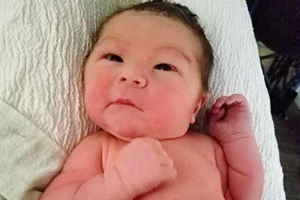
Infertility is the inability to conceive after trying for one year, or six months if the woman is older than 35. There are many causes of infertility, which may include ovulation abnormalities, anatomical blockages or defects, endometriosis, decreased ovarian reserve, genetic problems or abnormal sperm. Approximately 90 percent of couples that undergo an evaluation will have a cause discovered. One-third of the time, it is a male factor, and two-thirds of the time it is a female factor. Fertility treatments are highly individualized and may include surgery, ovulation-boosting medication, insemination or in vitro fertilization (IVF). Sometimes correction of a medical problem like insulin resistance will result in pregnancy.
Reproductive endocrinology and infertility (REI) is a subspecialty of obstetrics and gynecology. REI doctors complete a fellowship, usually lasting two years, after the four-year residency in OB/GYN. Specialized training in the endocrinology (hormones) of reproduction allows REI doctors to diagnose and treat hormone issues in women and men. Correcting hormone issues can help a couple get pregnant, give a menopausal woman relief from hot flashes, or figure out why an older teen has not started her period yet. As hormone specialists, some REI doctors prescribe hormones for transgender people. REI doctors usually learn advanced surgical techniques for rare gynecologic problems, and for correction of ovary and uterus abnormalities in women who still want to have children. REI doctors help women and men with cancer preserve options for having children after their cancer is treated, a process referred to as fertility preservation or Oncofertility.
Female Packet
Male Packet
Note: These are fillable forms that were designed to work with Adobe Acrobat Reader (version 7.0 and above). You’ll need to click on the link to download them, save them to your computer, then open them inside of your Adobe Acrobat Reader program. If you have any issues downloading and filling them out, please click on this link to troubleshoot.
Check out this video of the journey one couple went through to conceive:

